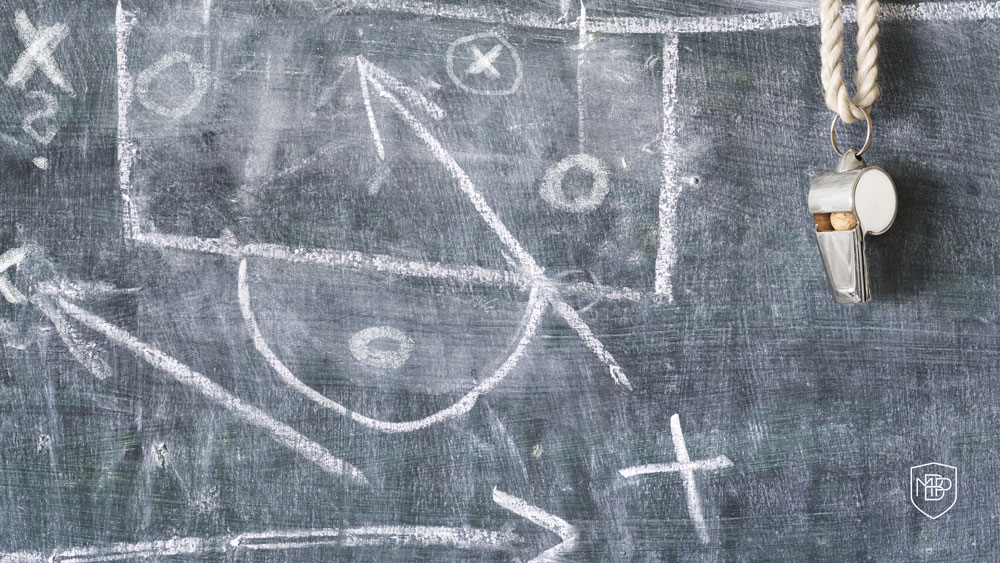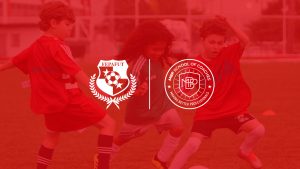The rondos are one of the most used didactical strategies (DS) during the activation phase in many football teams. Through them, different content can be worked on, thus improving a multitude of skills and basic fundamentals that will allow the full development of the player.
Within the MBP Methodology, we define a series of items that we consider decisive in the creation of this type of task, and which, in turn, will have a great impact when conducting them. Therefore, it will be essential for the coach to reflect during the design of the DS, in order to achieve the objectives set.
When in the training session should we use rondos?
The rondos can be used in the activation sub-phase and in the activation phase itself. Depending on the objective of the session, the content to be worked on, and the structural focus we want to give to the task, they should be used as the first or second task.
What content can we work on in the rondos?
If we use them as the first task in the training session, the content to be worked on will be specific motor skills and physical capacities, using attacking superiority in the majority of cases. On the other hand, if we use them as the second task, we will try to work on perceptual skills or basic individual fundamentals, being more real situations than the previous ones (less numerical superiority for the attackers than in the previous rondos).
What are the advantages and disadvantages of rondos?
The main limitation of the present didactic strategy refers to the NON-appearance of the four phases of the game. This aspect makes it difficult to transfer 100% to the competition. Another disadvantage is the space for action. Although it is variable, it will normally be of small dimensions.
Regarding the advantages, the rondos favour the development of essential content for players, such as basic fundamentals with and without the ball, like control, passing, support and even pressuring for the defenders. On the other hand, this DS also allows to work on, apart from the player’s coordination structure, other structures such as the socio-affective or conditional.
What types of rondos are there?
- Ludic Rondos: The objective is to foster interpersonal relationships between several players or the whole team. To this end, it will be given a playful preference over the rest of the content.
- Tactical Rondos: The objective is to develop the player’s cognitive capacity. To achieve this, the aim is to work on perceptual content or basic individual fundamentals with and without the ball.
- Conditional Rondos: The objective is to develop the player’s physical capacity. Depending on the design of the rondo, endurance, speed and even strength can be worked on.
What spaces we can we use in the rondos?
The spaces to be used will depend on the objective and content to be worked on. Below is a proposal of spaces to be used.
Conclusion
The rondos are a very useful type of task to work on basic fundamentals essential in the sport of football. As we have described during the article, the coach must take into account a series of items in the implementation and design of them.








